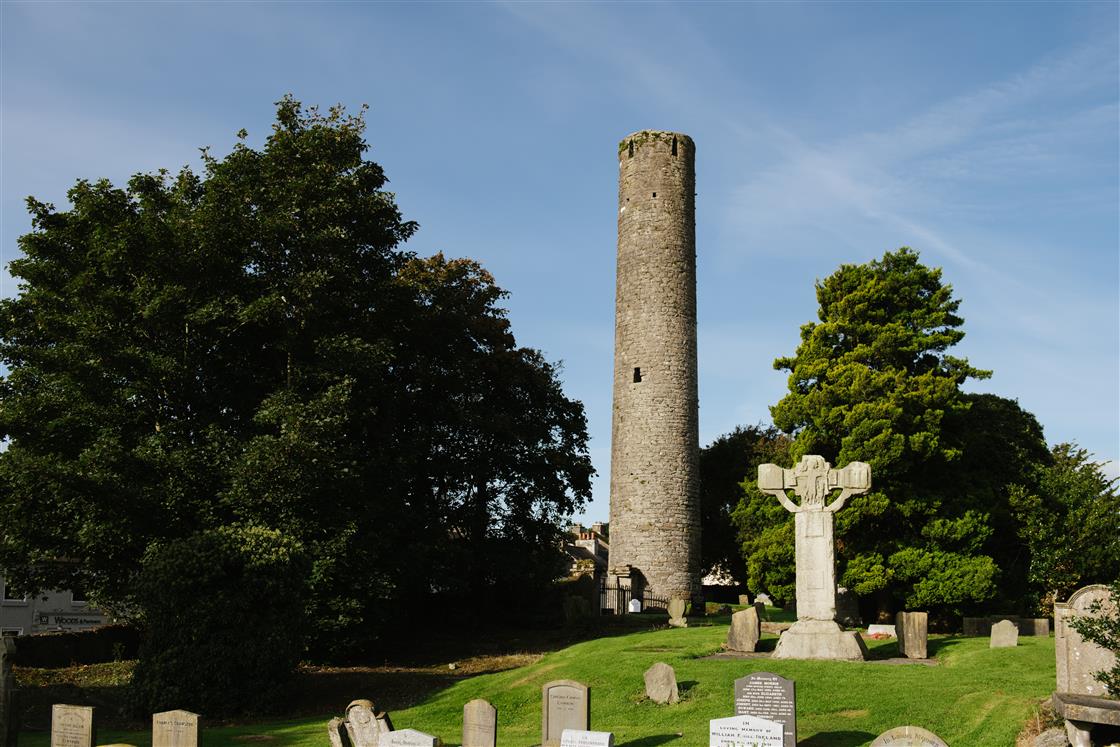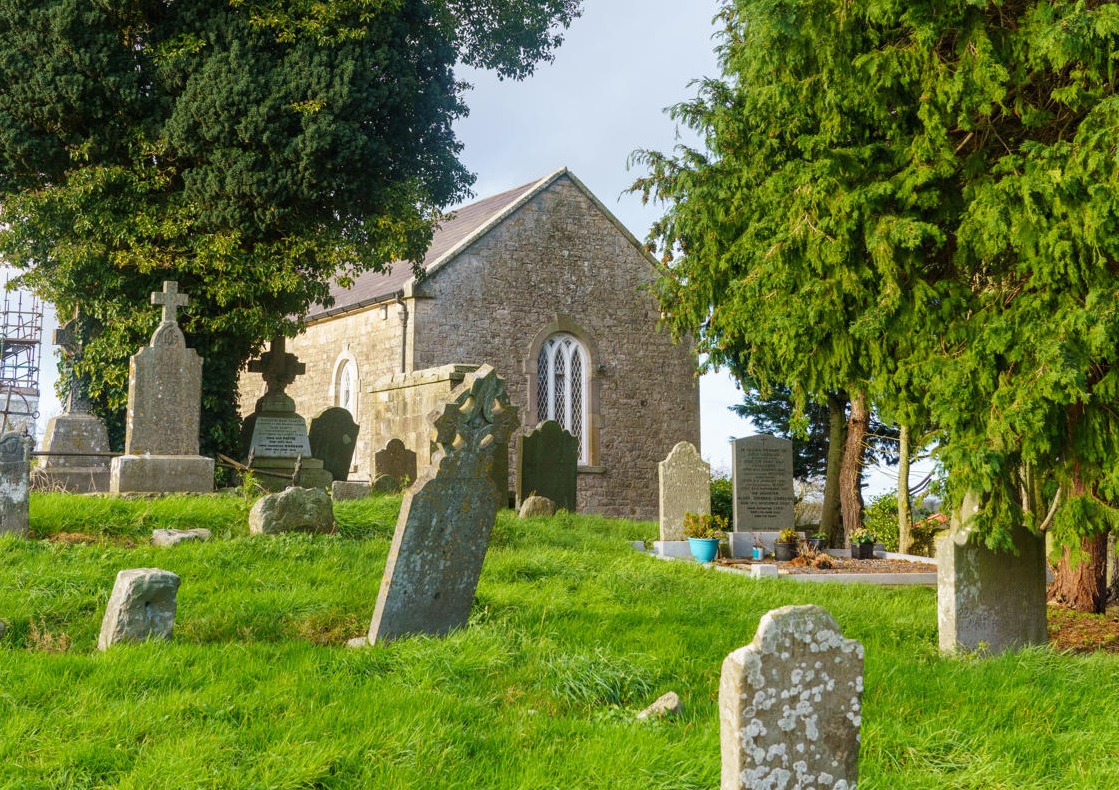The heritage town of Kells contains many fine examples of early medieval Christian architecture.
(046) 924 7508
For tourist information, brochures and more see:
Kells Courthouse Tourism and Cultural Hub
Headfort Rd Kells, Co. Meath A82
RY62
(located opposite the Market Cross as one enters Kells from the Navan or Slane road)
View location on Google Maps here
From Dublin take the M3 motorway, Exit 10 for Kells South, alternatively take the N3 North through Navan, follow the main road till you enter Kells town.
Via M1 Motorway or Drogheda: From the M1 (this road is tolled) coming from Belfast, take the exit for junction 10, take the N51 exit to Slane/Drogheda North. At the roundabout, take the 3rd exit onto N51 headed for Slane. If coming from Drogheda take the N51 headed towards Slane also. Head west on Main Street/N51 toward Churchlands, Continue to follow N51, Turn right onto R163, Turn left to stay on R163, Turn right onto R162, Take the 1st left onto R163. You are entering Kells Town
https://www.facebook.com/discoverkells
53.72730187148076
-6.879900768134526












